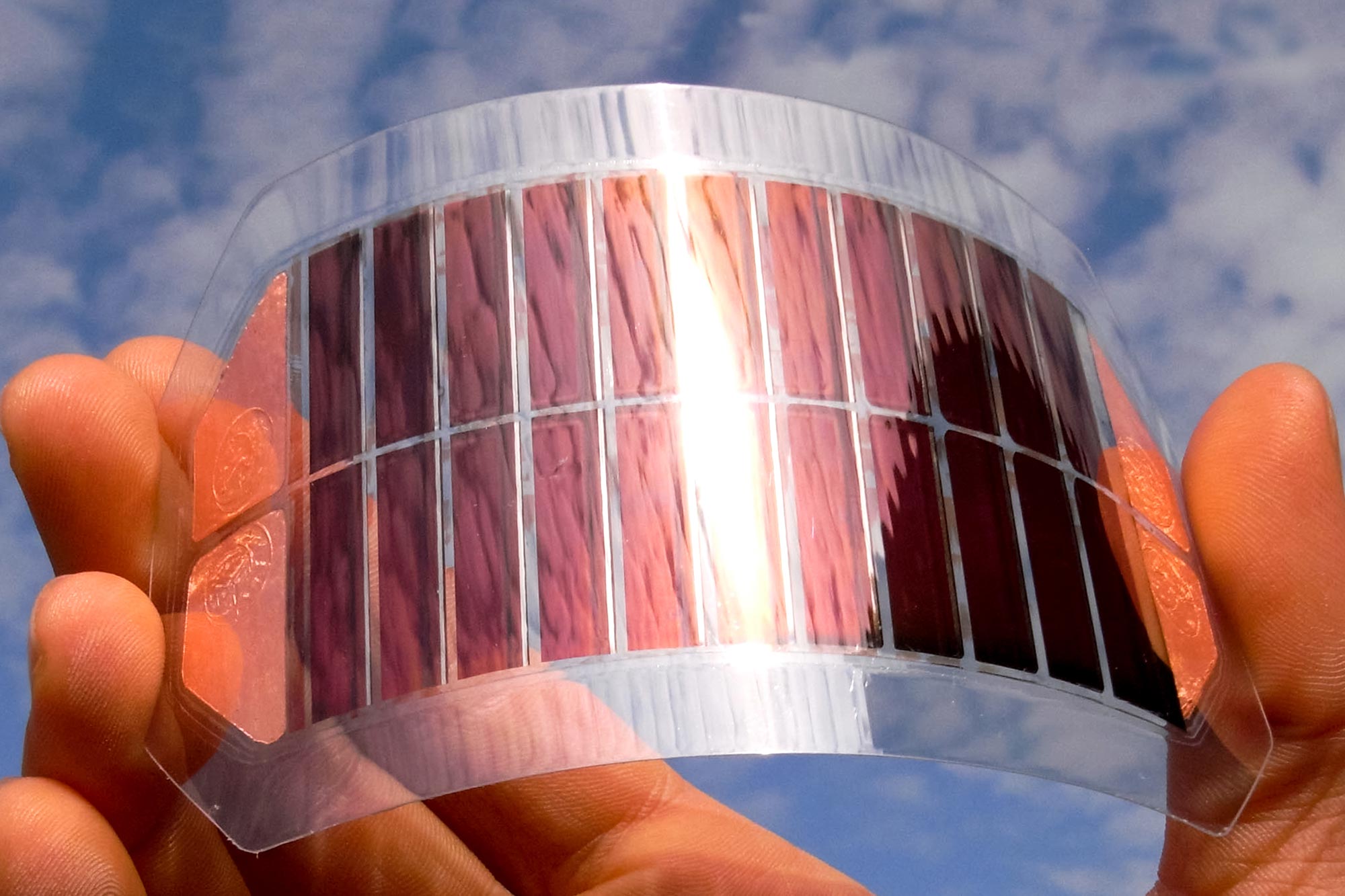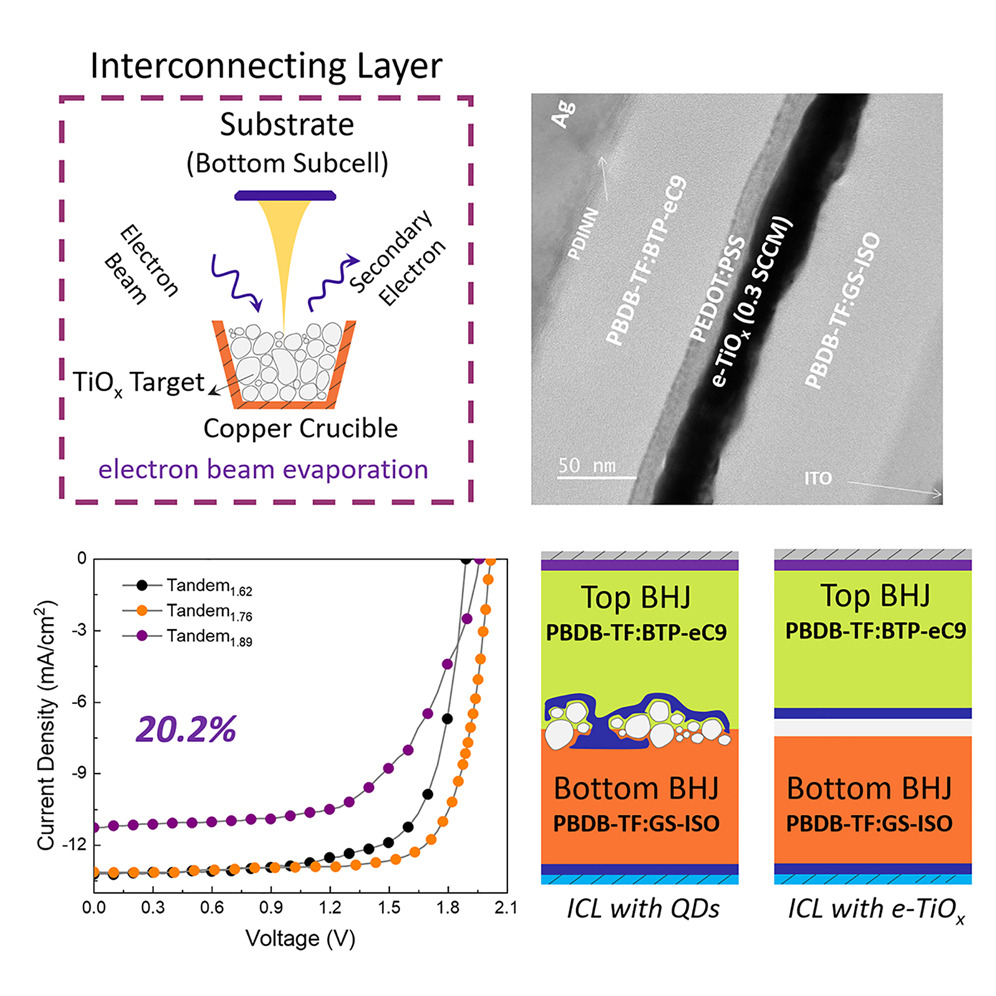Organic solar cells: you can reach 20% of efficiency. An interesting prospect for the future


Together with the Piroskivite cells, another very interesting frontier for overcoming the limits of current monocrystalline silicon solar cells are organic solar cells . Organic photovoltaic (OPV) solar cells aim to provide a low-energy photovoltaic solution to manufacturing and with abundant materials on Earth. This technology therefore has the theoretical potential to provide electricity at a lower cost than first and second generation solar technologies. Since different absorbers can be used to create colored or transparent OPV devices, this technology is particularly interesting for the building-integrated photovoltaic market. Organic PV has so far achieved efficiencies close to 11%, but efficiency limits and long-term reliability remain significant obstacles.
Unlike most inorganic solar cells, OPV cells use molecular or polymeric absorbers, which generate a localized exciton, therefore still based on organic chemistry. Among the materials used so far for this type of organic film there is Fullerene, for example, together with other types of organic materials.
But now there is an innovation that bodes very well and that brings the efficiency of organic cells to a level comparable to medium silicon cells. As a strategy to improve the utilization of light, the construction of tandem structure cells has great potential in achieving high efficiency, which encourages the field of organic solar cells. Here we develop an advanced interconnect layer for tandem organic solar cells, consisting of electron beam evaporated TiOx and PEDOT: PSS. Using electron beam evaporation, a crisp, smooth and dense TiOx / PEDOT: PSS interface is obtained. By controlling the flow of O2 during evaporation, efficient electron extraction and a low Schottky barrier are achieved in PBDB-TF: GS-ISO / TiO1.76 and TiO1.76 / PEDOT: PSS, which ensure the recombination of charges between the two subcells. The tandem cell with TiO1.76 / PEDOT: PSS interconnect layer shows an efficiency of 20.27%, certified as 20.0% by the Chinese National Metrology Institute. Therefore, our result marks the arrival of the 20% era in the field of organic solar cells. Here is a graph showing how it works

This type of experiment demonstrates that there is still a lot to research in this sector and how the possibility of having yields comparable to those of silicon is possible. It is just a matter of carrying out the necessary research and experimentation. If this is not the case, there may be other solutions that will make it possible to produce cells with good performance, but of easy construction and low costs. What it would also take to break away from the supremacy of Chinese silicon.

Thanks to our Telegram channel you can stay updated on the publication of new articles of Economic Scenarios.
Article Organic solar cells: you can reach 20% efficiency. An interesting perspective for the future comes from ScenariEconomici.it .
This is a machine translation of a post published on Scenari Economici at the URL https://scenarieconomici.it/celle-solari-organiche-si-puo-arrivare-al-20di-rendimento-una-nuova-prospettiva/ on Sun, 12 Jun 2022 20:00:36 +0000.
